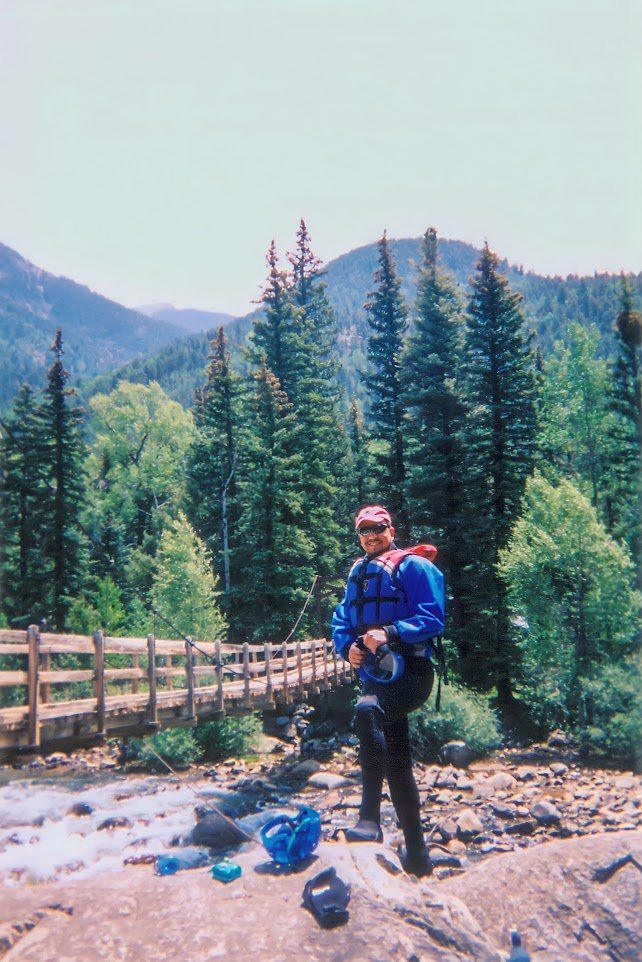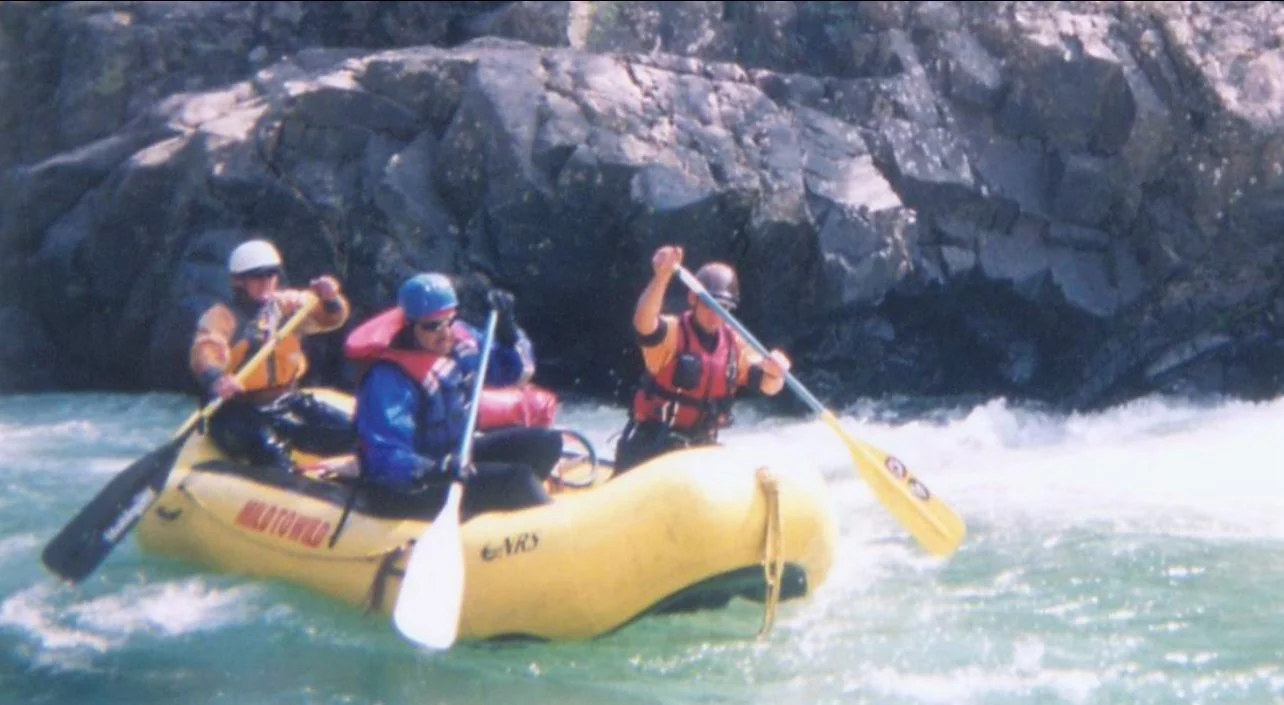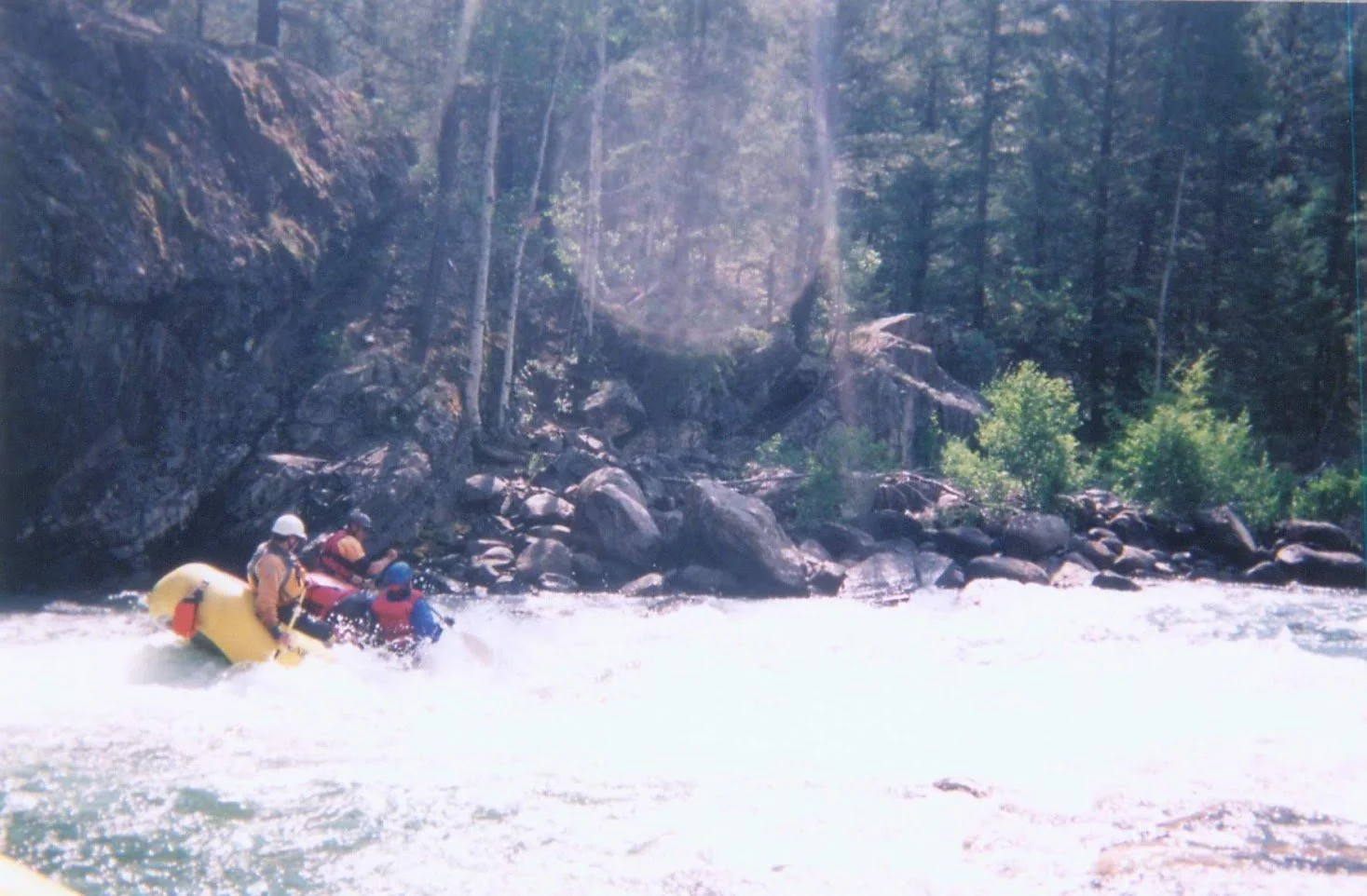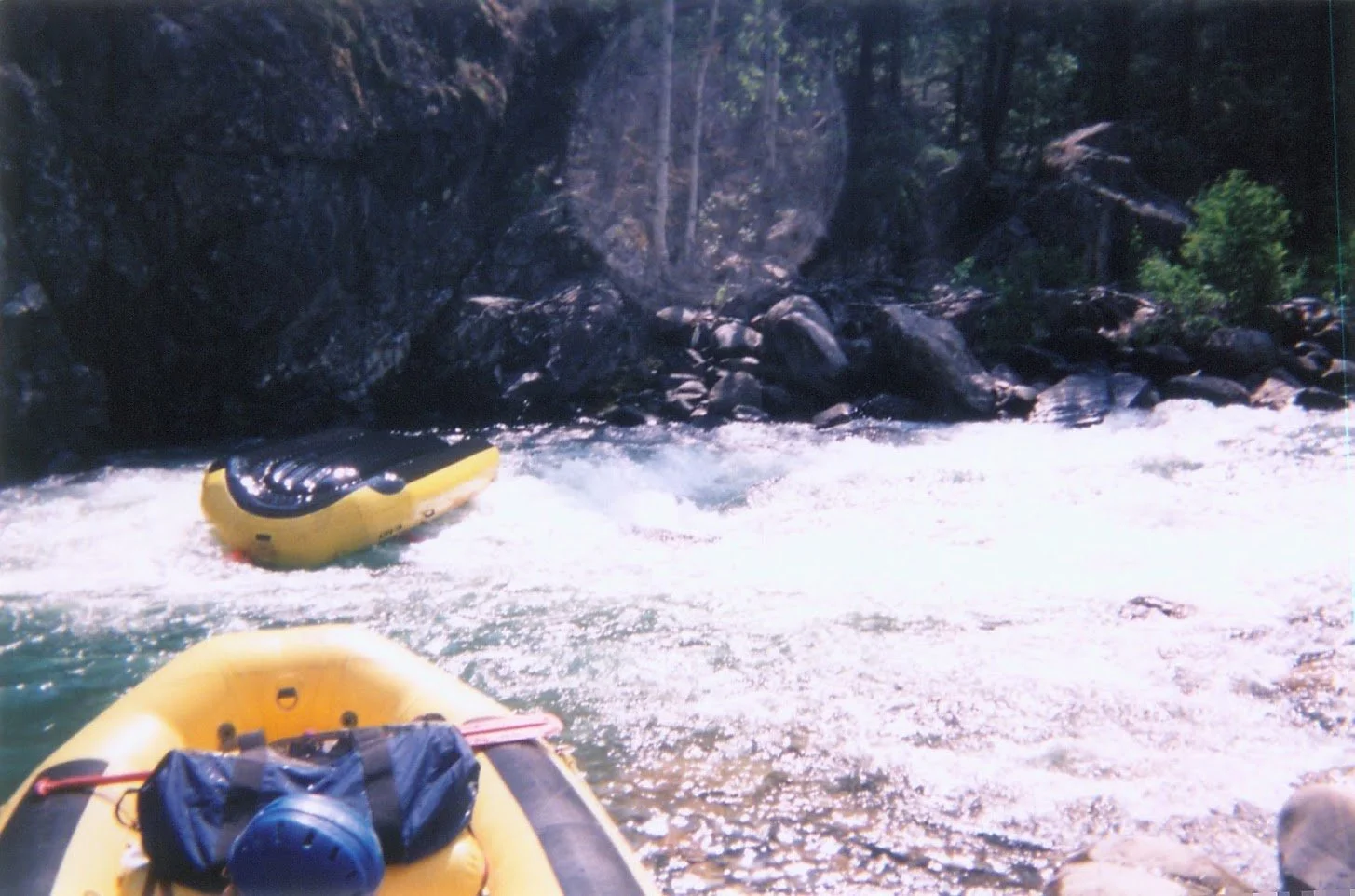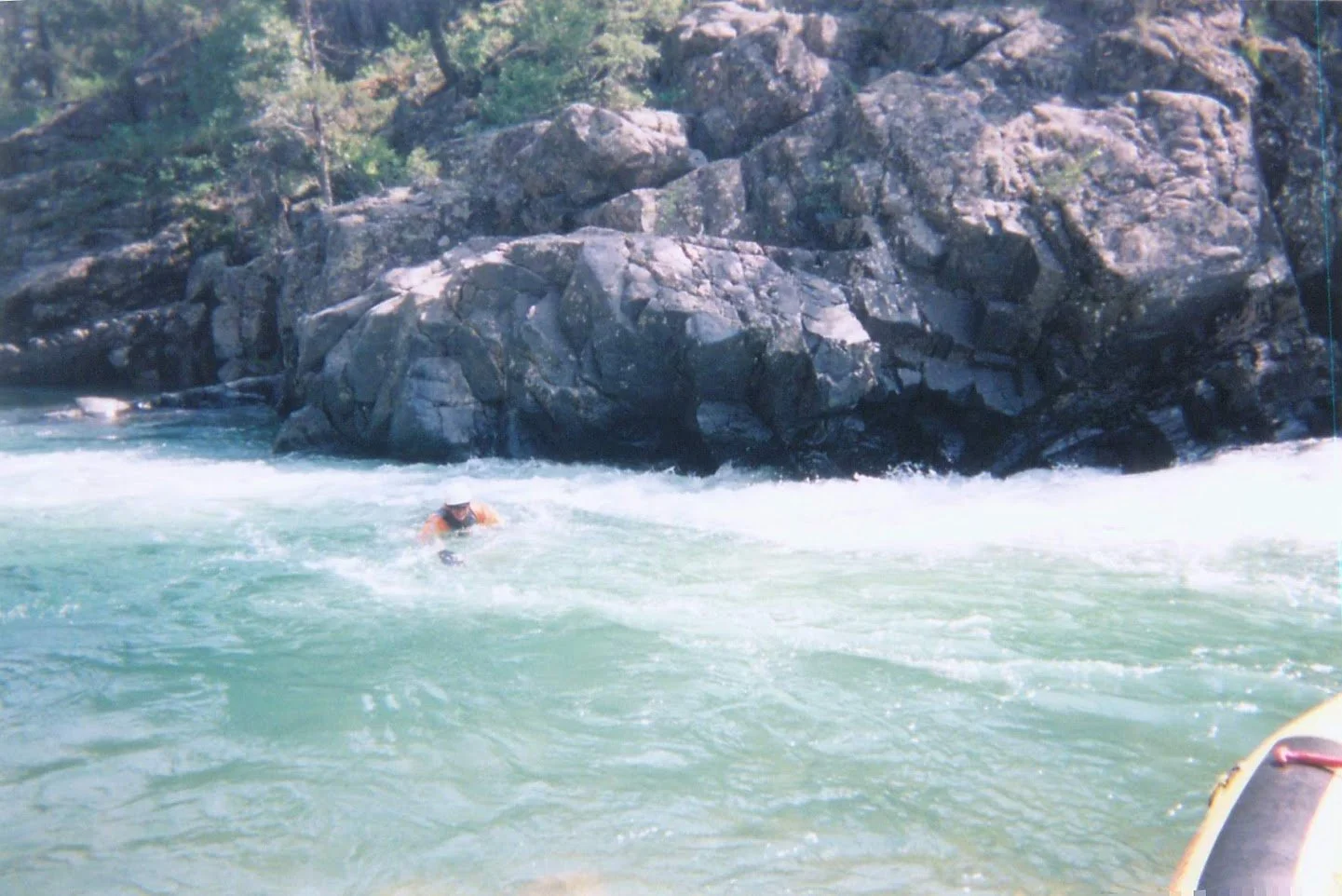Battle of Wills on the Animas: A Durango River Tale
The Animas River cuts through Durango like a liquid blade, its glacial waters carrying the unforgiving essence of the San Juan Mountains. What began as a standard guided rafting expedition transformed into an aquatic duel between stubborn determination and the river’s inexorable force.
The Descent
The put-in point north of Durango offered no illusions about what lay ahead. The Animas, swollen with snowmelt, carved its relentless path through ancient rock formations, its surface concealing the bone-numbing reality beneath. Our guides possessed that particular brand of mountain-forged confidence—equal parts expertise and mischief, their eyes already calculating the river’s potential for entertainment at my expense.
The initial rapids delivered their promise with hydraulic precision. Class III and IV drops hammered the raft while canyon walls rose like stone sentinels, their shadows casting the water into an even more forbidding shade of steel gray. Each bend revealed new configurations of standing waves and pour-overs, the river’s architecture designed by millennia of erosion and seasonal fury.
The Gauntlet
As we approached the final stretch, the guides’ demeanor shifted from professional courtesy to predatory anticipation. The river had done its work, softening resistance, numbing extremities, preparing the stage for their finale. What followed was nothing short of aquatic warfare—a coordinated assault on our crew of four passengers, with the guides wielding every trick in their arsenal to send us overboard.
One by one, my fellow rafters succumbed to the guides’ relentless campaign. Each ejection drew roars of laughter from both victim and perpetrator, the kind of mountain humor that thrives on shared suffering. But I had something they didn’t count on: feet wedged deep under the safety straps and paddle experience earned on the Colorado River and the wild waters of Costa Rica.
The real battle wasn’t just about hanging on—it was about active resistance. While they schemed to throw me off balance, I countered with desperate paddle strokes, each stroke a declaration of war against their aquatic ambitions. Paddle blade cutting through water with the urgency of survival itself, I fought their every move like my life hung in the balance. The laughter was infectious, but the competition was deadly serious.
The Reckoning
Physics, however, respects no amount of determination. The final rapid arrived with the subtlety of an avalanche. The raft encountered a hydraulic feature that transformed our stable platform into a chaos of rubber and rushing water. What had been a battle of wills between guides and passenger suddenly became irrelevant as the Animas delivered its own verdict.
The capsizing occurred with that peculiar slow-motion clarity that accompanies moments of absolute commitment. The raft folded, twisted, and surrendered to forces beyond human negotiation. We entered the water not as the result of successful trickery, but as collective tribute to the river’s ultimate authority.
Immersion
The shock of full immersion in snowmelt-fed rapids provides immediate clarity about life’s priorities. The water temperature, hovering somewhere between uncomfortable and dangerous, stripped away all pretense and focused attention on the singular task of survival. Swimming in Class IV rapids requires a specific technique—defensive positioning, feet downstream, reading the water’s intent while fighting the urge to panic.
The rescue operation unfolded with practiced efficiency. Safety kayakers appeared like aquatic cavalry, their movements economical and purposeful. The guide’s laughter, audible even above the river’s roar, suggested this outcome had been their preferred conclusion all along.
Aftermath
Standing on the rocky shoreline, water streaming from soaked gear, the experience crystallized into something more significant than mere adventure tourism. The Animas had delivered its lesson with characteristic mountain directness: respect the environment, acknowledge forces beyond your control, and understand that sometimes the river decides the outcome regardless of human schemes.
The drive back to Durango offered time to process the day’s events. The guides’ attempts at aquatic sabotage had failed, but the river succeeded where human effort could not. In the end, we all ended up in the water—not through cunning or persistence, but through the simple reality that the Animas always gets the final word.
Reflection
River running in Colorado delivers experiences that tourist brochures cannot adequately capture. The combination of technical challenge, natural beauty, and elemental risk creates memories that resist easy categorization. The Animas River, with its glacial temperatures and uncompromising current, provides a particularly honest form of recreation—one where the environment sets the terms and participants adapt or face consequences.
The battle of wills between guides and passenger proved secondary to the larger conversation between human ambition and natural force. In that dialogue, the river speaks with absolute authority, and wisdom lies in listening to what it has to say.

